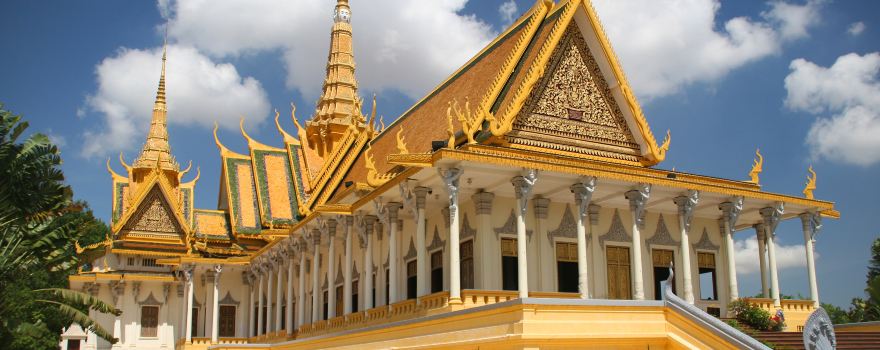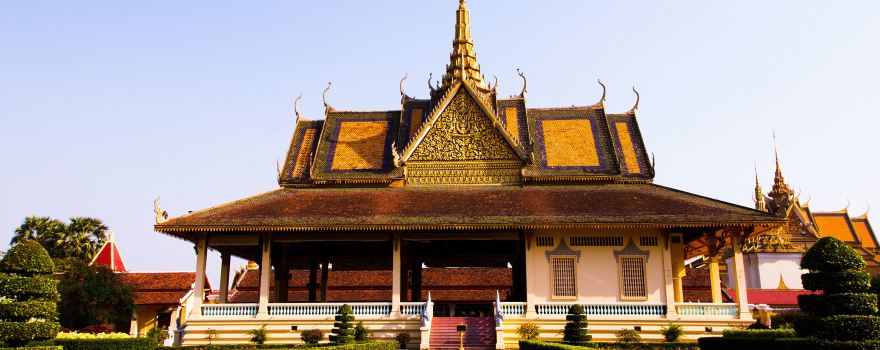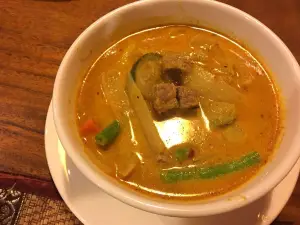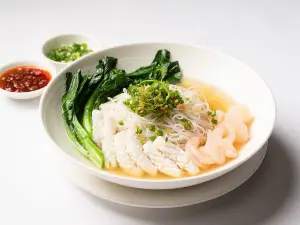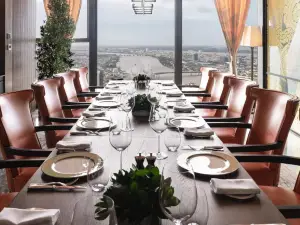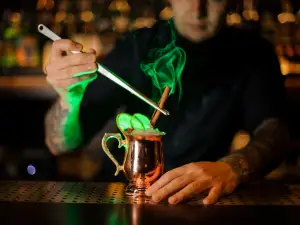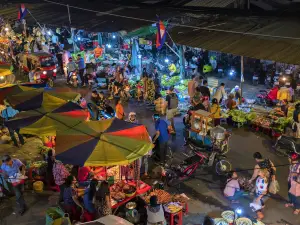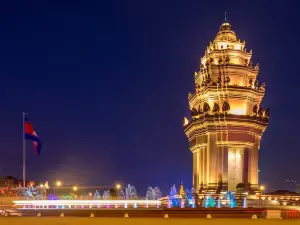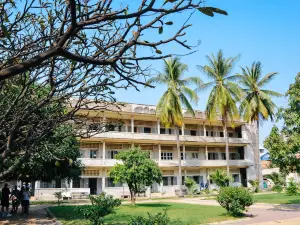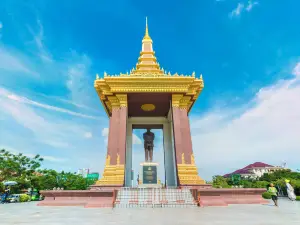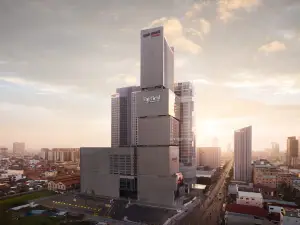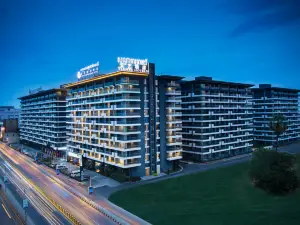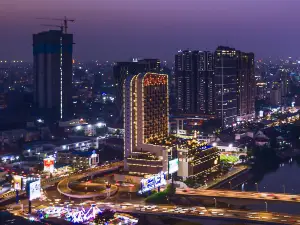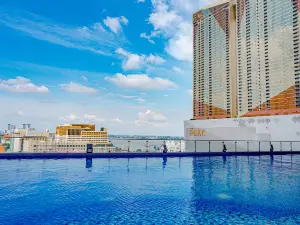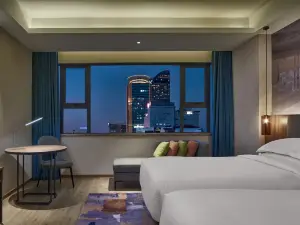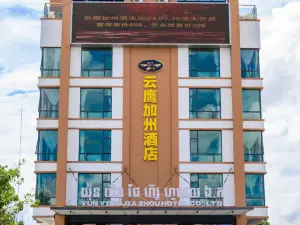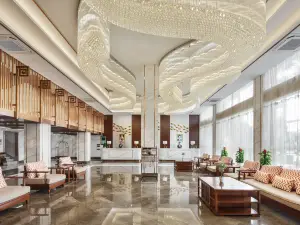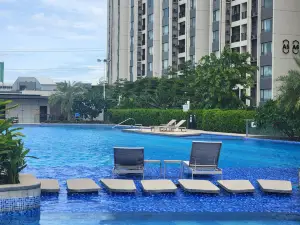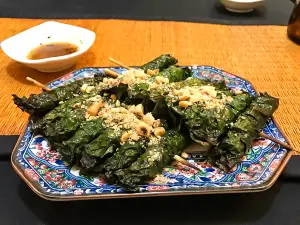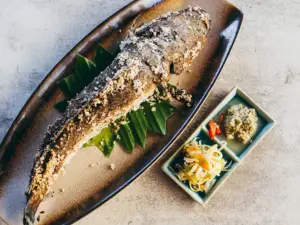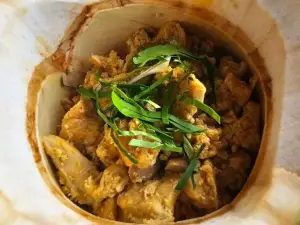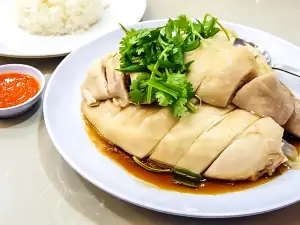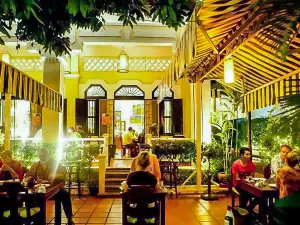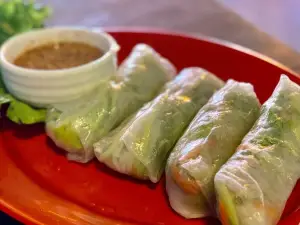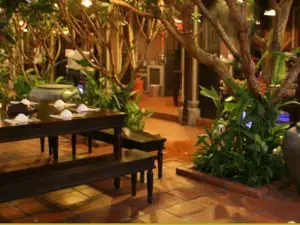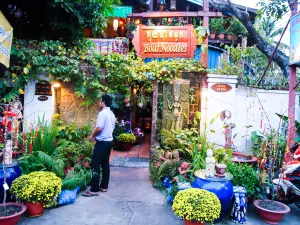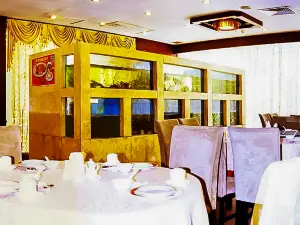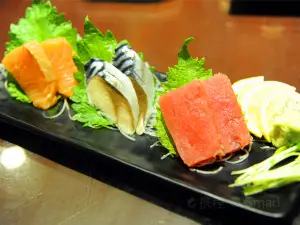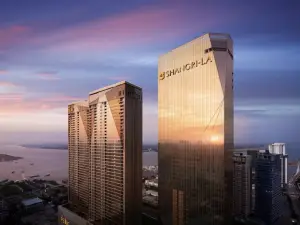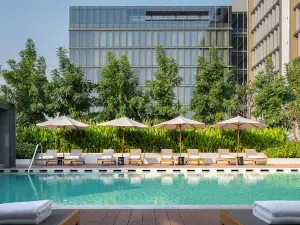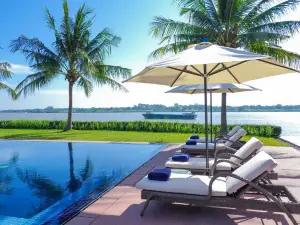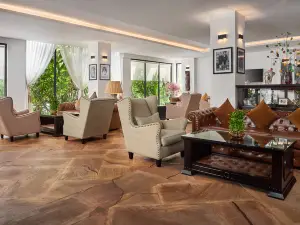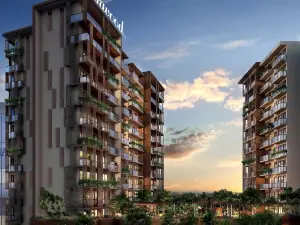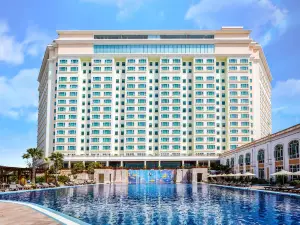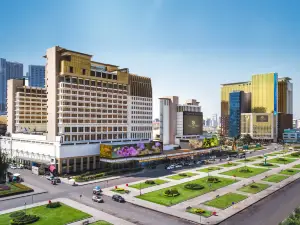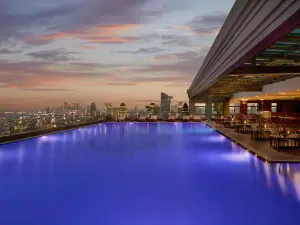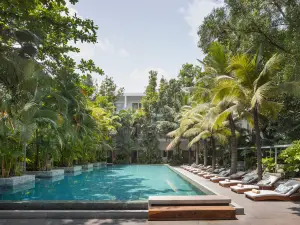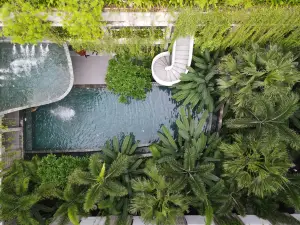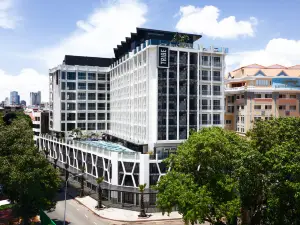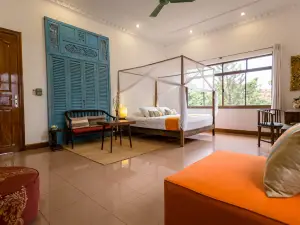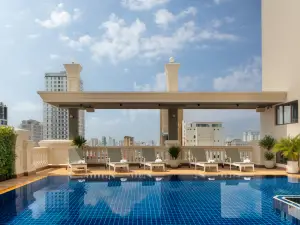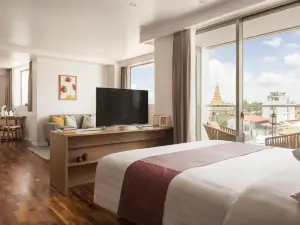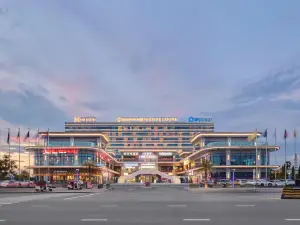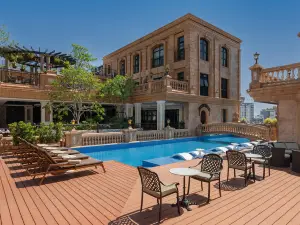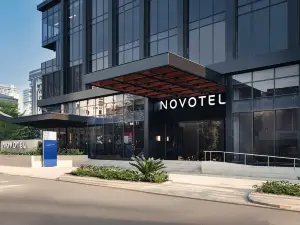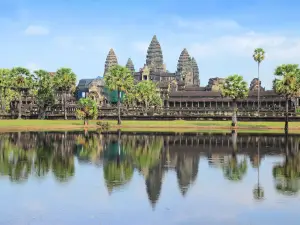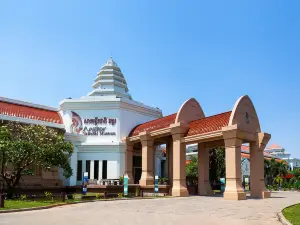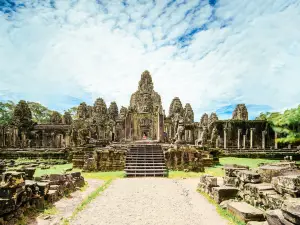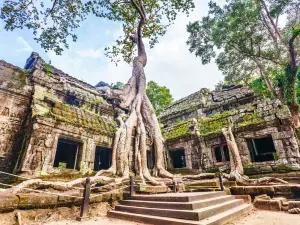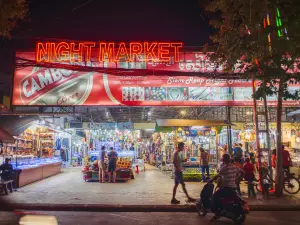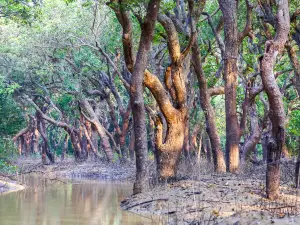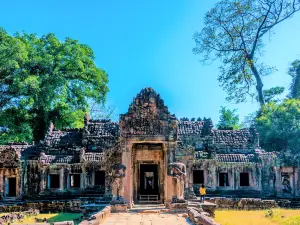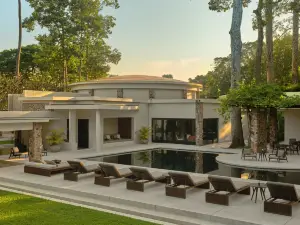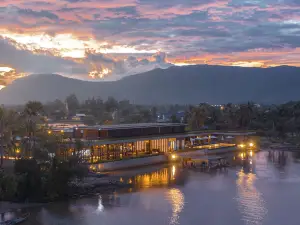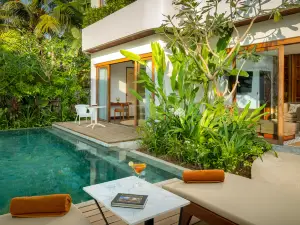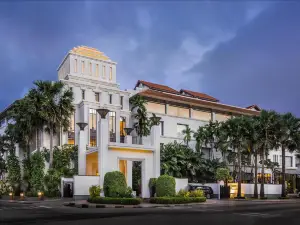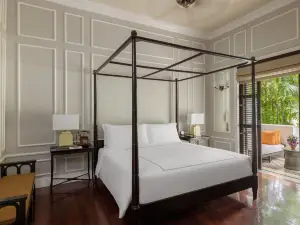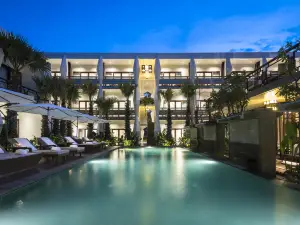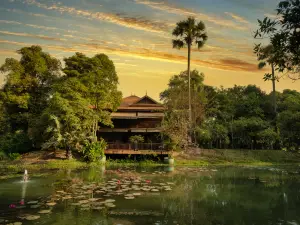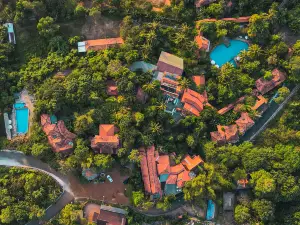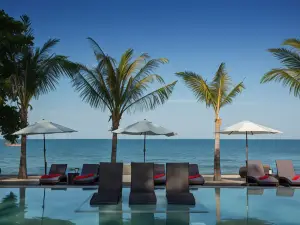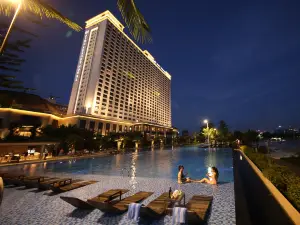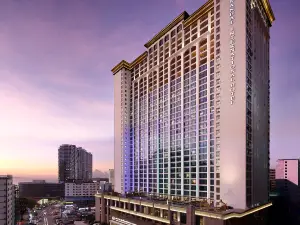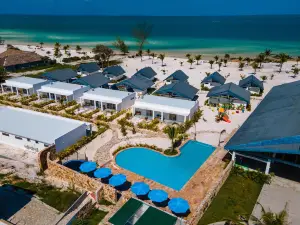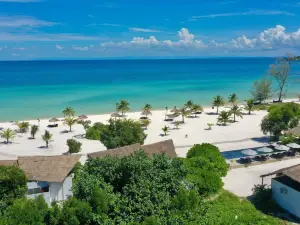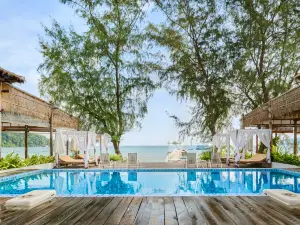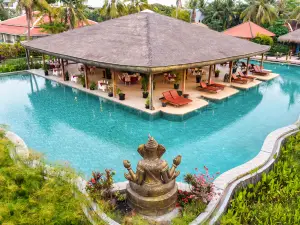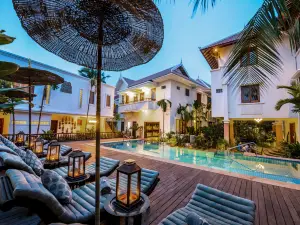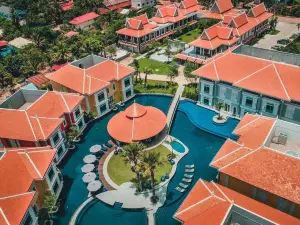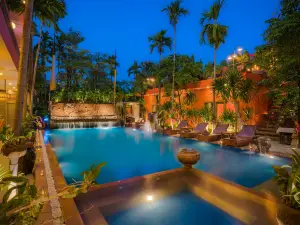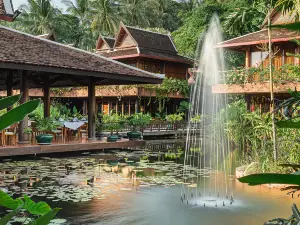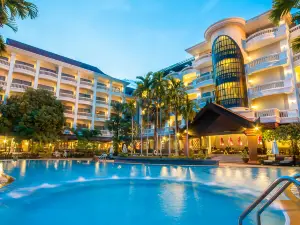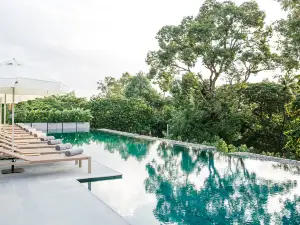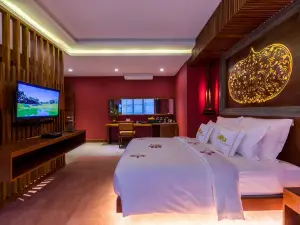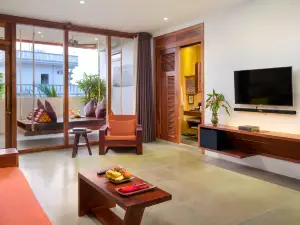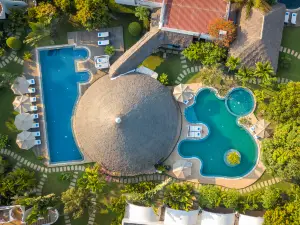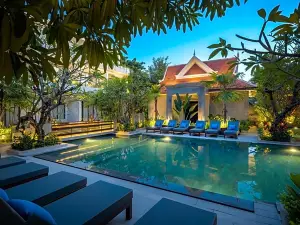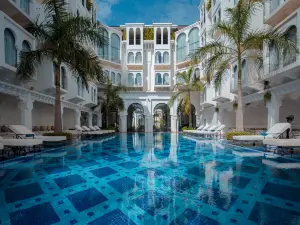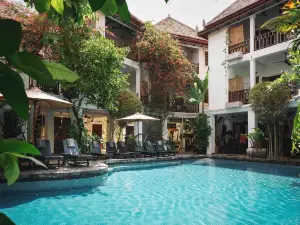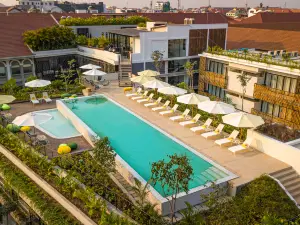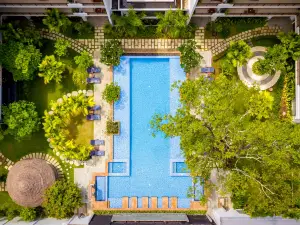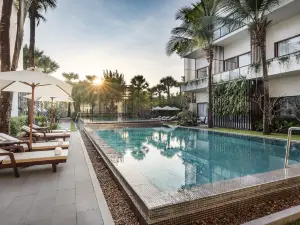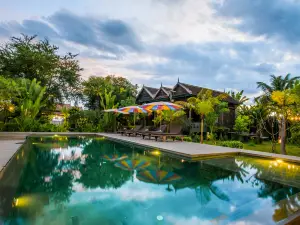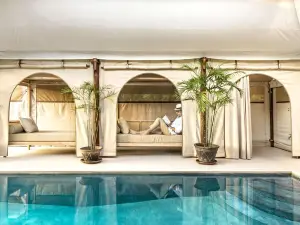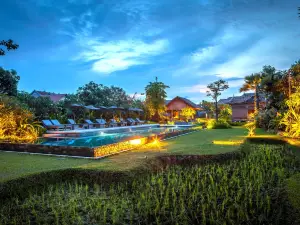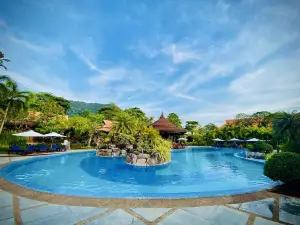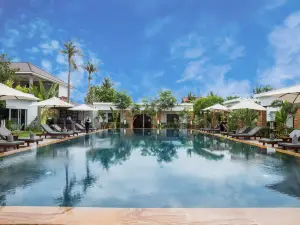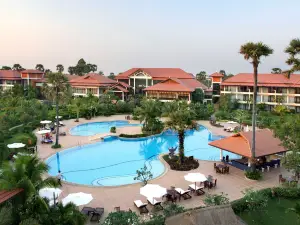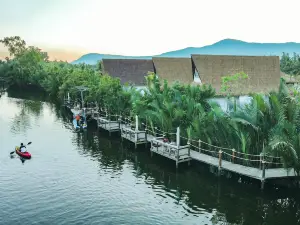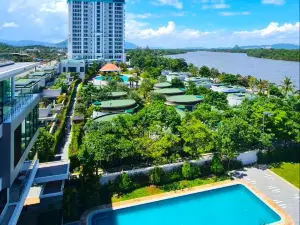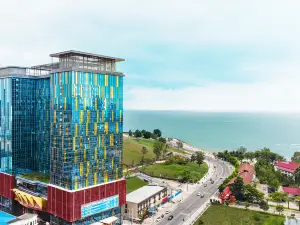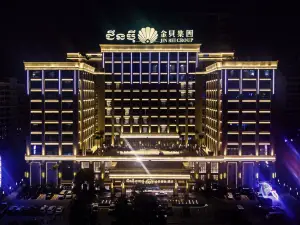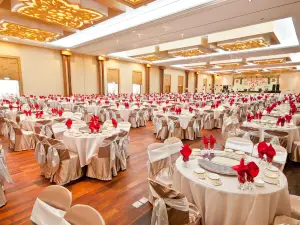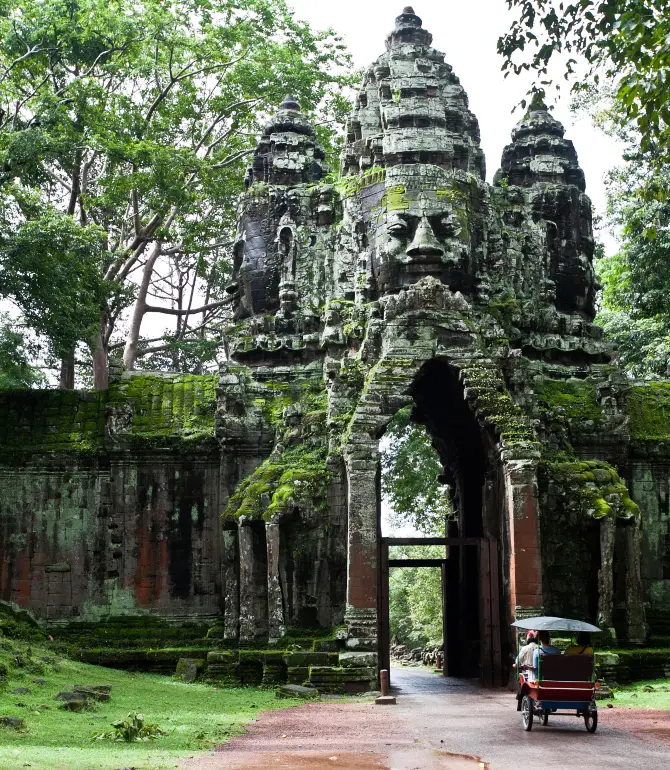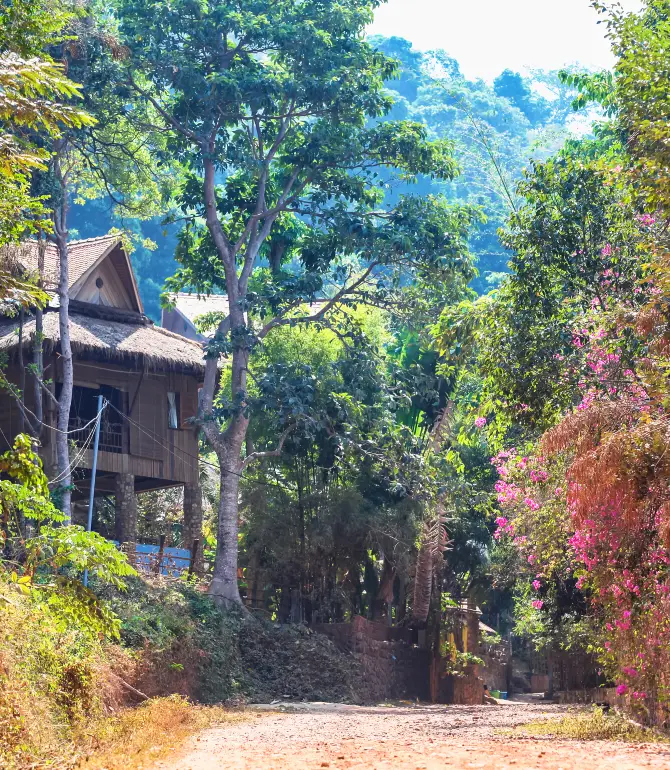Phnom Penh independent travel guide (2025): top things to do near you, popular tourism attractions, itinerary planning, accommodation, food, transportation, weather, and more - everything you need to know (updated July, 2025) | Trip.com
About Phnom Penh
Recommended length of visit
Recommended length of visitCurrent Weather Conditions
Phnom Penh Local Experiences Map
Phnom Penh Local Travel Guide 2025
Phnom Penh Brief Guide
Phnom Penh is the capital city of Cambodia. Even though many tourists and travelers treat this as a transit and transfer point, this city also has its own unique charm. The Royal Palace in Phnom Penh is full of beautiful splendor and richness of Khmer culture. The National Museum offers an opportunity to learn more about Cambodia's ancient history. For shopping, the Central Market and Russian Market are perfect to buy some souvenirs.
Phnom Penh Must-try Local Experiences
1. Discover the Heart of Phnom Penh Visit the Royal Palace and Silver Pagoda to admire Khmer architecture and national treasures. Explore Cambodia's history at the Tuol Sleng Genocide Museum and Choeung Ek Genocidal Center. 2. Experience the Magic of Mekong River Embark on a scenic boat trip along the Mekong River, passing floating villages and bustling riverbanks, and enjoy stunning sunsets over the water. 3. Embrace Cambodian Culture Explore the National Museum of Cambodia, showcasing an extensive collection of Khmer art and artifacts, offering insights into Cambodia's rich cultural heritage. Witness the elegance of traditional Apsara dance performances and explore Khmer art at the National Museum of Cambodia. 4. Delve into the World of Silk Weaving Visit a silk weaving workshop to see traditional techniques and create beautiful silk products, and perhaps purchase a unique souvenir. 5. Savor the Flavors of Cambodia Indulge in Cambodian cuisine by trying dishes like Fish Amok, Nom Banh Chok, and local fruits like sweet mangoes. 6. Explore the Bustling Markets Visit Phsar Thmei (Central Market) for souvenirs and local crafts, and explore the Russian Market for a diverse range of goods. 7. Capture the Essence of Phnom Penh Capture panoramic views from Wat Phnom and stunning sunset shots at the riverside promenade near the Royal Palace.
Phnom Penh Must-see Attractions
Phnom Penh, Cambodia's vibrant capital, is steeped in history and culture, offering visitors a diverse experience from the regal splendor of the Royal Palace and the art deco Central Market to the poignant Tuol Sleng Genocide Museum, the treasure-filled National Museum, and the lively riverfront Night Market.
Phnom Penh Food Guide
Phnom Penh's food scene is characterized by traditional dishes like the aromatic and nutritious Beef Lok Lak, as well as innovative snacks like the variously filled spring rolls at WILD, which are enjoyed in a serene outdoor setting.
Phnom Penh Transportation
Phnom Penh's transportation infrastructure is centered around its international airport and railway station, which are key to the city's connectivity. Phnom Penh International Airport (PNH), located 10 kilometers west of the city center, is the busiest airport in Cambodia and serves as the main international gateway. It operates as a hub for several airlines and can handle up to 5 million passengers per year. To reach the city from the airport, travelers can use taxis, ride-hailing apps, or the recently introduced train service that connects the airport to the central railway station. The Royal Railway Station in Phnom Penh, situated next to several key institutions, has been renovated and now offers passenger train services to various destinations within Cambodia. The station provides an Airport Link service, connecting travelers directly from the city center to Phnom Penh International Airport. Additionally, there are train services to Sihanoukville, Krong Pursat, Krong Battambang, Krong Sisophon, and Poipet, with future plans to extend to Bangkok.
Phnom Penh Where to Stay
Phnom Penh is the vibrant capital of Cambodia, offering a diverse array of accommodation options for travelers. The city's hotels are spread across several key districts, each with its own unique charm and convenience for visitors.
Phnom Penh Best Time To Visit
The best time to visit Phnom Penh is during the dry season, which spans from November to February. This period is characterized by cooler temperatures and minimal rainfall, making it ideal for exploring the city's historical sites and enjoying outdoor activities. Additionally, the "cool season" months of November to February are the most popular time for tourists, offering pleasant weather for temple exploration and other tourist attractions. However, it is also the peak season, so expect larger crowds and higher prices during this time.
Phnom Penh Travel Tips
1. Temple Etiquette: When visiting temples such as Wat Phnom or the Silver Pagoda, ensure you dress modestly. Shoulders and knees should be covered as a sign of respect. Remove your shoes and hat before entering, speak quietly, and avoid touching Buddha statues or other religious artifacts. 2. Wet Season Travel Tips: Phnom Penh experiences heavy rainfall from May to October, which can lead to flooding. Plan your travel itinerary with this in mind. Be prepared for sudden downpours by packing a lightweight raincoat or umbrella, and wear waterproof shoes to navigate potentially flooded streets. Consider visiting quieter tourist attractions and taking advantage of lower accommodation rates during this season. 3. Respect Local Customs: Cambodians are generally conservative and deeply religious. Avoid public displays of affection and always ask for permission before taking photos of people. It is also customary to remove your shoes before entering someone's home or certain establishments. Always check for a shoe rack or ask if unsure. 4. Traffic and Road Safety: Traffic in Phnom Penh can be chaotic. Be cautious when crossing streets and consider using tuk-tuks or taxis for safer transportation. When using tuk-tuks, agree on the fare before starting your journey and keep your belongings close. Avoid overpacking the tuk-tuk and hold on securely during the ride. Wear a helmet when riding a bicycle and avoid night buses. Ensure you have travel insurance. 5. Street Food Precautions: While street food is delicious, choose vendors with high turnover and clean preparation areas. Opt for freshly cooked, hot foods and avoid raw vegetables or unpeeled fruits. Be cautious with fresh uncooked food and always wash your hands before eating. Avoid food from bain maries and be wary of ice cream due to potential refreezing issues. 6. Respecting the Monarchy: Show respect for the Cambodian monarchy. Avoid making negative comments about the royal family, as it's illegal and can lead to serious consequences. Cambodians are especially devoted to the Royal Family, so refrain from teasing or making jokes about them.
Phnom Penh Useful Guide
Phnom Penh, the capital of Cambodia, is a linguistic tapestry with Khmer as the official language, deeply rooted in Sanskrit and spoken by the majority. English is increasingly prevalent, especially since 1993, and French remains a secondary language among older generations and in certain educational institutions. Translation services and language apps can assist travelers in navigating the multilingual landscape. To overcome language barriers, visitors are encouraged to use basic Khmer phrases, gestures, and facial expressions for effective communication. Embracing the local language can enhance interactions, particularly in markets or while using transportation.
Trip.Best: Phnom Penh
Things to do in Phnom Penh
What to Do
Where to Stay
What to Eat
Phnom Penh Moments: Through Travelers' Eyes

How to spend 3days in Phnom Penh

Hidden in the Cambodian jungle lies a secret waterfall so breathtaking it feels unreal!

🇰🇭 A Week in Phnom Penh: A City That Doesn’t Try to Impress but Stays in Your Mind 🌆

Low-Cost Cambodia: Destination Guide for Budget-Savvy Travelers

"Cambodia Beyond Angkor! A One-Day Phnom Penh Itinerary to Bookmark"

PH Euro Park in Phnom Penh Cambodia

Feel like You are in Singapore at this mall

Essential Entry Guide to Phnom Penh, Cambodia
Best of Phnom Penh
About
Site Operator: Trip.com Travel Singapore Pte. Ltd.
